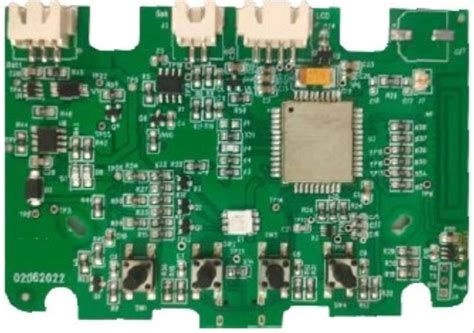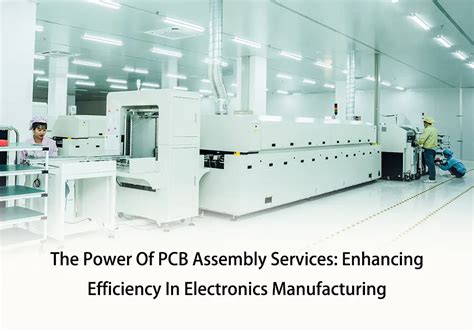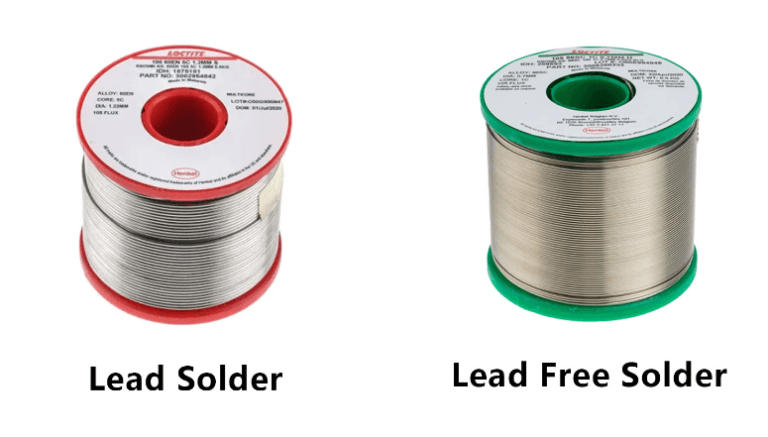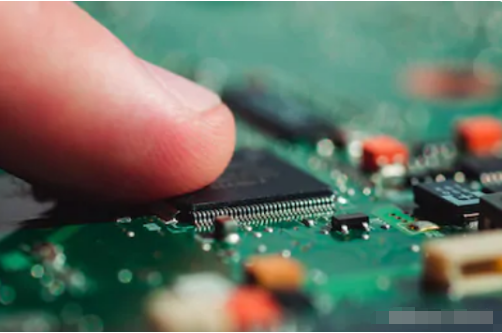The Comprehensive Guide to PCB Proofing: Ensuring Success in Electronics Manufacturing
Introduction
Printed Circuit Board (PCB) proofing is a critical phase in electronics manufacturing that bridges the gap between design and mass production. It involves creating a small batch of prototype PCBs to validate the design’s functionality, manufacturability, and reliability before committing to large-scale production. PCB proofing helps identify potential issues early, saving time, reducing costs, and minimizing risks.
This article explores the importance of PCB proofing, the proofing process, key considerations, and best practices to ensure successful PCB development.
The Importance of PCB Proofing
1. Design Validation
PCB proofing allows engineers to test whether the circuit design works as intended. By assembling and testing prototype boards, designers can verify signal integrity, power distribution, and component compatibility.
2. Manufacturability Check
Not all PCB designs are easy to manufacture. Proofing helps identify potential manufacturing challenges, such as incorrect trace widths, insufficient clearances, or impractical component placements.
3. Cost and Time Efficiency
Detecting and fixing errors during the proofing stage is far cheaper than recalling or redesigning a faulty mass-produced batch. It prevents costly delays and rework in later stages.
4. Performance Optimization
Proofing provides an opportunity to refine the PCB for better thermal management, electromagnetic compatibility (EMC), and signal performance before final production.
5. Supplier Evaluation
Working with a PCB manufacturer during proofing allows companies to assess the supplier’s quality, turnaround time, and communication before placing large orders.

The PCB Proofing Process
1. Design and File Preparation
The process begins with finalizing the PCB design using Electronic Design Automation (EDA) software. Key files required for proofing include:
- Gerber Files – Contain layer-wise PCB layout data.
- Bill of Materials (BOM) – Lists all components.
- Pick-and-Place File – Guides automated component assembly.
- Drill Files – Specify hole sizes and locations.
Designers must ensure these files adhere to the manufacturer’s specifications, including minimum trace width, hole size, and copper weight.
2. Manufacturer Selection
Choosing the right PCB manufacturer is crucial. Factors to consider include:
- Capabilities (e.g., layer count, material options, surface finishes).
- Turnaround Time – Some suppliers offer expedited proofing services.
- Cost – Balancing affordability with quality.
- Certifications – ISO, UL, or IPC standards compliance.
3. Prototype Fabrication
The manufacturer produces a small batch of PCBs (typically 5–20 units) using processes such as:
- Etching – Removing unwanted copper to form traces.
- Drilling – Creating vias and mounting holes.
- Plating – Applying conductive layers.
- Solder Mask & Silkscreen – Adding protective and labeling layers.
Advanced manufacturers may use laser drilling for high-density interconnects (HDI) or controlled impedance techniques for high-speed designs.
4. Assembly (Optional)
Some proofing services include PCB Assembly (PCBA), where components are soldered onto the board. This can be:
- Through-Hole Technology (THT) – For larger components.
- Surface-Mount Technology (SMT) – For compact, high-density designs.
5. Testing and Validation
After assembly, the prototype undergoes rigorous testing, including:
- Visual Inspection – Checking for soldering defects or misalignments.
- Automated Optical Inspection (AOI) – Detecting assembly errors.
- Functional Testing – Verifying electrical performance.
- Environmental Testing – Assessing durability under heat, humidity, or vibration.
6. Design Iteration (If Needed)
If issues are found, the design is modified, and another proofing round may be conducted before mass production.

Key Considerations in PCB Proofing
1. Material Selection
- FR-4 – Standard material for most applications.
- High-Frequency Laminates (e.g., Rogers) – For RF/microwave PCBs.
- Flexible Substrates – For bendable circuits.
2. Layer Stackup
- Single-layer, double-layer, or multilayer (4+ layers) depending on complexity.
- Proper impedance control for high-speed signals.
3. Design for Manufacturability (DFM)
- Follow manufacturer guidelines for trace width, spacing, and hole sizes.
- Avoid acid traps (sharp angles in traces).
- Ensure proper copper balancing to prevent warping.
4. Surface Finish
- HASL (Hot Air Solder Leveling) – Cost-effective but less precise.
- ENIG (Electroless Nickel Immersion Gold) – Better for fine-pitch components.
- OSP (Organic Solderability Preservative) – Eco-friendly but shorter shelf life.
5. Testing Requirements
- Define test points for debugging.
- Consider bed-of-nails or flying probe testing for complex boards.
Best Practices for Successful PCB Proofing
- Simulate Before Fabrication
- Use SPICE or signal integrity tools to predict performance issues.
- Work Closely with the Manufacturer
- Clarify requirements and review DFM feedback.
- Order Multiple Prototypes
- Test different design variations if needed.
- Document Changes
- Keep track of revisions to avoid confusion.
- Plan for Future Scaling
- Ensure the design can transition smoothly to mass production.
Conclusion
PCB proofing is an indispensable step in electronics development, ensuring that designs are functional, manufacturable, and reliable. By following a structured proofing process, selecting the right materials, and adhering to DFM guidelines, engineers can minimize risks and accelerate product launches.
As PCB technology evolves—with trends like HDI, flexible PCBs, and IoT miniaturization—proofing will remain a vital practice for innovation. Investing in thorough PCB proofing today saves significant resources tomorrow, paving the way for successful, high-quality electronic products.







